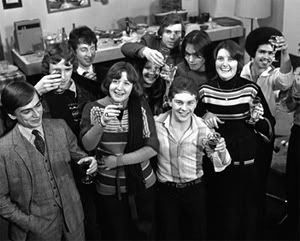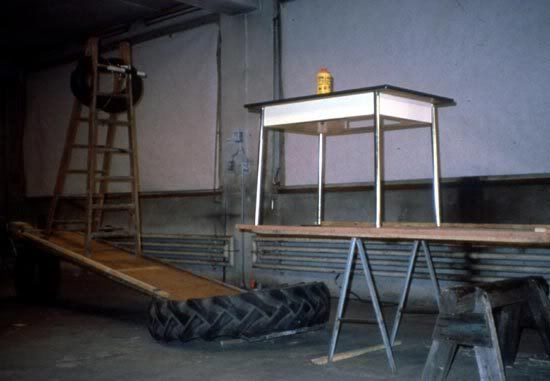 This review will focus on the first 3 films of Michael Apted's Up documentary series. The first 3 films deal with the ages of the participants at 7, 14 and 21. Part 2 will discuss the remaining films.
This review will focus on the first 3 films of Michael Apted's Up documentary series. The first 3 films deal with the ages of the participants at 7, 14 and 21. Part 2 will discuss the remaining films.The Up documentaries are one of those series of films that is hard to discuss without giving away the joy and revelations of what you are witnessing. Back in the early 60's, Michael Apted and company decided that they would find several kids of the age of seven from several different social classes and background from Britain. They would return every 7 years to discuss their lives and progress.
In this age of mass marketing television, and instant reality based canned drama, observing the Up documentaries is like being awaken to the first breath of air you ever tasted. You are right away introduced to several of the people and following their lives every seven years says more about the human condition than anything you could ever imagine.
Miraculously we only get to find out about the people in this film every 7 years. Viewers can only guess what might happen, and are shocked to find details that come about from out of nowhere. Take for instance Andrew, at his earliest he appears to be a precocious full of life kid, but by the time he's 21 he appears disinterested in everything. In contrast Nicholas' transformation from boy to 21 is almost unrecognizable, it doesn't even seem like the same person.
In the later films, Apted takes steps to show the old footage from the first film when the kids were at their youngest. You see the same images over again but differently each time and it has a marvelous effect. The future is to be told not far from now, but in the simple actions of what may have happened when a 7 year olds ideas were full of bright optimism. At 21 Niel seems to be fighting against something, but when the camera cuts back to his childhood skipping through the streets you can't feel hurt and deep inside and wonder what happened, or will this somehow fix itself??
One of the most surprising aspects happens accidentally. A rabbit on a wealthy estate is killed in the foreground by a young girls dog while being interviewed. When the interviewer asks does that bother you... death? The young 14yr old (if I remember correctly Suzy) provides an answer that seems chilling beyond belief. The films also have an unexpected effect of showing more of a criticism of the English school system, which seems like a caste society.
It would be unfair to explain what happens, it's more important to discover in a film series like this how you can see yourself in all these people, or know someone like Tony. Tony at 7 says he want's to be a jockey... and by golly... at 14 well... there you have it. He's a jockey. But it's hard to put in words what you witness in a series like this. The Up documentaries certainly set the stage for the life to come next, you'll cheer I am sure, be dissapointed, saddened, or highly content. The question becomes who will it be, and for me I can't wait.

